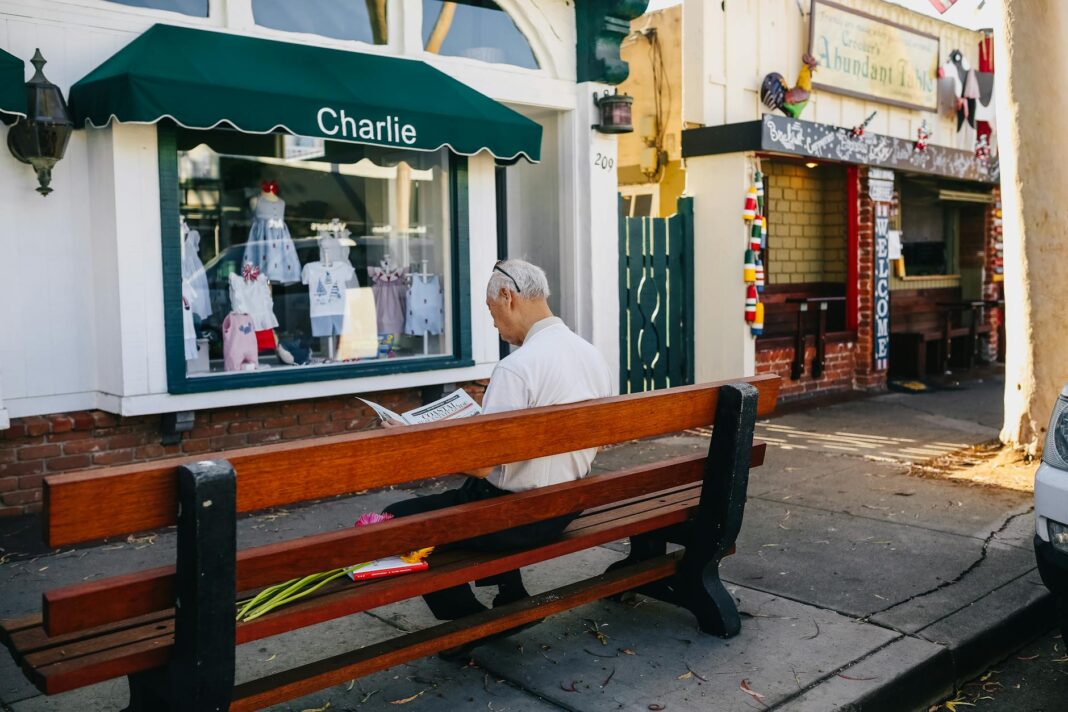Jimmy Kimmel’s Controversial Comments on Kirk’s Alleged Assassin
In a recent segment on his late-night show, Jimmy Kimmel stirred the pot by suggesting that the individual accused of attempting to assassinate conservative figure Charlie Kirk was somehow linked to the “MAGA gang.” This assertion comes despite reports indicating that the alleged assailant may actually possess leftist ideologies. Kimmel’s comments reflect a trend in media where narratives often clash with the facts on the ground. The comedian’s choice to frame the situation in this way raises questions about the motivations behind such statements.
Understanding the Implication
The insinuation that a Republican or a “MAGA” supporter was behind a violent act against a prominent conservative raises eyebrows and questions. Kimmel, known for his sharp wit and polarizing remarks, seems to be leaning into the ongoing culture wars that have characterized much of American political discourse. By framing the narrative this way, Kimmel not only engages his audience but also highlights the fractures within political affiliations. This kind of rhetoric plays into the fears and biases that many already hold, reinforcing an “us vs. them” mentality that is pervasive in today’s political climate.
The Role of Media in Shaping Perceptions
Media figures like Kimmel wield significant power in shaping public perception. When they make bold claims, particularly in a charged political atmosphere, it can lead to widespread misinformation. In this case, Kimmel’s assertion could contribute to a narrative that blurs the lines between left and right, making it easier for audiences to jump to conclusions without examining the evidence. This is not just a matter of comedy; it’s about the responsibility that comes with having a platform. The late-night format often relies on exaggeration and humor, but when it touches on sensitive political issues, the stakes become much higher.
Fact-Checking the Allegations
It’s essential to approach such allegations with a critical mind. Reports surrounding the alleged assassin’s background suggest connections to leftist ideologies, which complicates Kimmel’s claim. The media landscape is rife with bias, and it’s crucial for viewers to sift through the noise. Kimmel’s provocative insinuations may entertain, but they also risk oversimplifying a complex situation that deserves thorough investigation. Viewers must ask themselves whether they are getting the full story or merely a sensationalized version designed for laughs.
The Consequences of Misinformation
When public figures like Kimmel make sweeping generalizations, there are real-world consequences. Misleading narratives can exacerbate political polarization and deepen divisions within society. People may become more entrenched in their views, leading to a cycle of misunderstanding and conflict. In an age where social media amplifies every comment, even a joke can spiral into serious discourse, affecting how individuals perceive each other across the political spectrum. Kimmel’s comments could serve to rally his base, but what about those who may take his words as gospel?
Conclusion
Kimmel’s remarks serve as a reminder of how political narratives can be manipulated for entertainment value. In a world where misinformation spreads like wildfire, audiences must remain vigilant and discerning. As late-night hosts continue to engage in political commentary, the lines between humor and factual reporting become blurred. It’s a complicated dance, one that requires both wit and wisdom. Ultimately, viewers have the power to demand accountability from their media sources, urging them to prioritize accuracy over sensationalism.
Questions
What impact do you think Kimmel’s comments will have on public perception of the incident?
How can audiences better navigate the complex landscape of media narratives?
Do you believe that late-night shows should take more responsibility for their political commentary?

